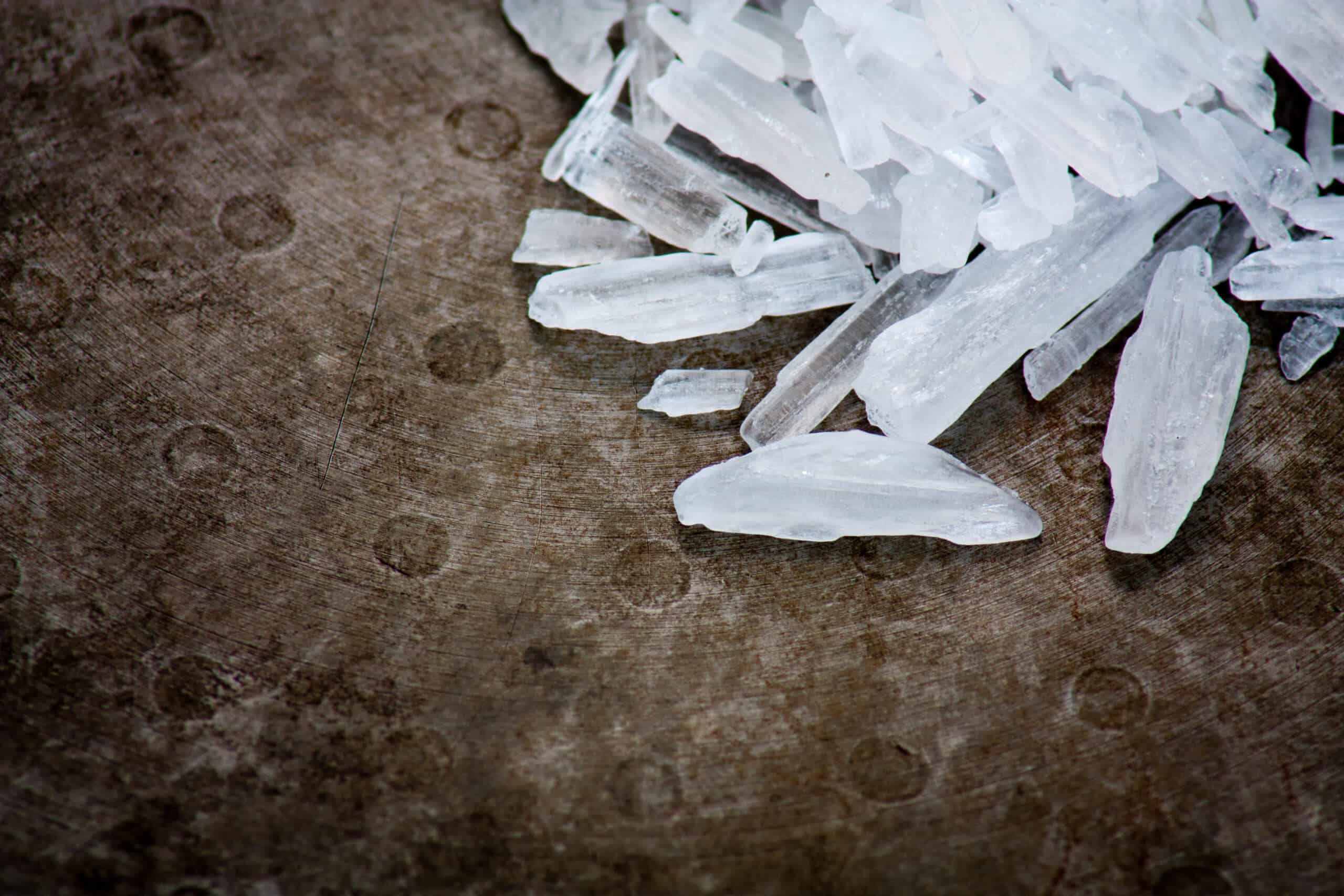Unfortunately, meth abuse in Florida has become rampant and poses an increasing risk to Floridians and the rest of the country. From 2008 to 2016, meth overdose rates nearly quadrupled. According to the Florida Alcohol and Drug Abuse Association (FADAA), methamphetamine overdoses continue to increase, jumping 72% in 2017 with the number of overdose deaths increasing by 84%.
Large quantities of meth taken on a regular basis can also lead to psychosis and results in high levels of violence and crime associated with its use and abuse. According to the National Drug Early Warning System (NDEWS), much of the meth found in Florida is produced by super labs in Mexico and delivered to the US via the southern border. The methamphetamine produced in Mexico by transactional criminal organizations (TCOs) are highly pure, highly potent, but also cheap, making it a dangerous combination for those using and abusing the drug.
In Central and North Florida, there are also small domestic labs that produce meth. Historically, meth was produced in large quantities in underground laboratories, in particular in rural Florida using over-the-counter medications that contained pseudoephedrine like Sudafed. This method was relatively cheap and easy to produce and was referred to as the “Birch Reduction method” or the “shake and bake” method. In 2005, the passage of the Combat Methamphetamine Epidemic Act (CMEA) made it more difficult for producers to buy the cold medication that contained pseudoephrine and ephedrine in bulk, leading to most of the meth production to occur in Mexico. While some of the domestic production of meth has decreased, especially in the rural meth labs, the availability and abuse of the drug is still high in many parts of Florida. The crystal form of meth has been more popular in the urban, Miami metropolitan area.
What is Methamphetamine?
Methamphetamine or “meth” is a powerful addictive stimulant that increases the amount of dopamine, a natural chemical in the brain. Methamphetamine is a Schedule II controlled substance that has limited medicinal use for treating Attention Deficit Hyperactivity Disorder (ADHD) and obesity. The prescription version of meth is Desoxyn, Ritalin (methylphenidate) and Adderall (amphetamine/dextroamphetamine). These prescription medications are commonly misused by students looking for a medication to keep them awake and more focused. However, in most cases, meth is abused as a recreational drug and created in meth labs illegally. Other names for methamphetamine include “blue”, “crystal”, “ice”, “Tina”, “crank” and “speed”. It is also commonly referred to as “crystal meth” because of its resemblance to shards of glass crystals. There is no medicinal use for crystal meth and it is always synthetic and illegally manufactured. The appearance and content of crystal meth varies since it is always illicitly manufactured in street labs where there are no standards.
Methamphetamine targets the body’s central nervous system (CNS) by stimulating the release of dopamine. Dopamine is normally involved in body movement, motivation as well as reinforcement of rewarding behaviors. Under normal circumstances, the body releases small amounts of dopamine in response to something that is pleasurable. When there is a rapid release of dopamine to the reward areas of the brain, it reinforces the drug taking behavior because it can bring on an immediate and intense euphoric rush in the short term, as well as an elevated sense of happiness, alertness and activity which can be sustained for up to 12 hours. Methamphetamine gives the user increased energy, attentiveness and a powerful high, which makes it an extremely dangerous and addictive drug.
Effects of Meth Abuse in Florida
People consume methamphetamine by:
- Smoking
- Swallowing/ingesting via pill
- Snorting
- Injecting the powder that has been dissolved in water or alcohol
The high from meth is generally short, so people often take it repeatedly. In some cases, people binge it in a fashion known as a “run” and continue to take the drug rather than eat or sleep for several days. The effects that can develop in response to meth abuse can be both short-term or long-term.
Short-term effects
A small amount of methamphetamines can mimic the same effects as other stimulants. Effects include:
- Increased wakefulness, attention, and physical activity
- Decreased appetite
- Faster breathing
- Increased blood pressure
- Increased body temperatures
- Rapid and/or irregular heart beat
Long-term effects
The long-term effects of methamphetamine can vary depending on the method of use and frequency. The use of methamphetamine regularly can lead to impaired judgement, violent behaviors, and other risky behaviors. There is a correlation between those who inject methamphetamine and those who contract infectious diseases such as HIV and hepatitis C.
Additional long-term effects include:
- Severe and extreme weight loss
- “Meth mouth” or severe dental issues
- Intense itching due to the sensation that bugs are crawling under one’s skin
- Extreme anxiety
- Cognitive impairment (confusion, memory loss, violent behavior, paranoia, and hallucinations)
- Physical damage to blood vessels in the heart and brain
- Deterioration of the tissue in the nose (often in those who snort meth)
- Difficulty breathing (in those who smoke meth)
Meth Rehab in Florida
If you or a loved one are struggling with methamphetamine abuse or other substance abuse, contact Genesis House. At Genesis House, addiction treatment specialists are able to work with you or your loved one to assess your situation and determine an individualized treatment plan that will suit your needs. A professional will be able to take a thorough substance use history and determine if drug or alcohol treatment is recommended and the best therapeutic course of action is warranted.










